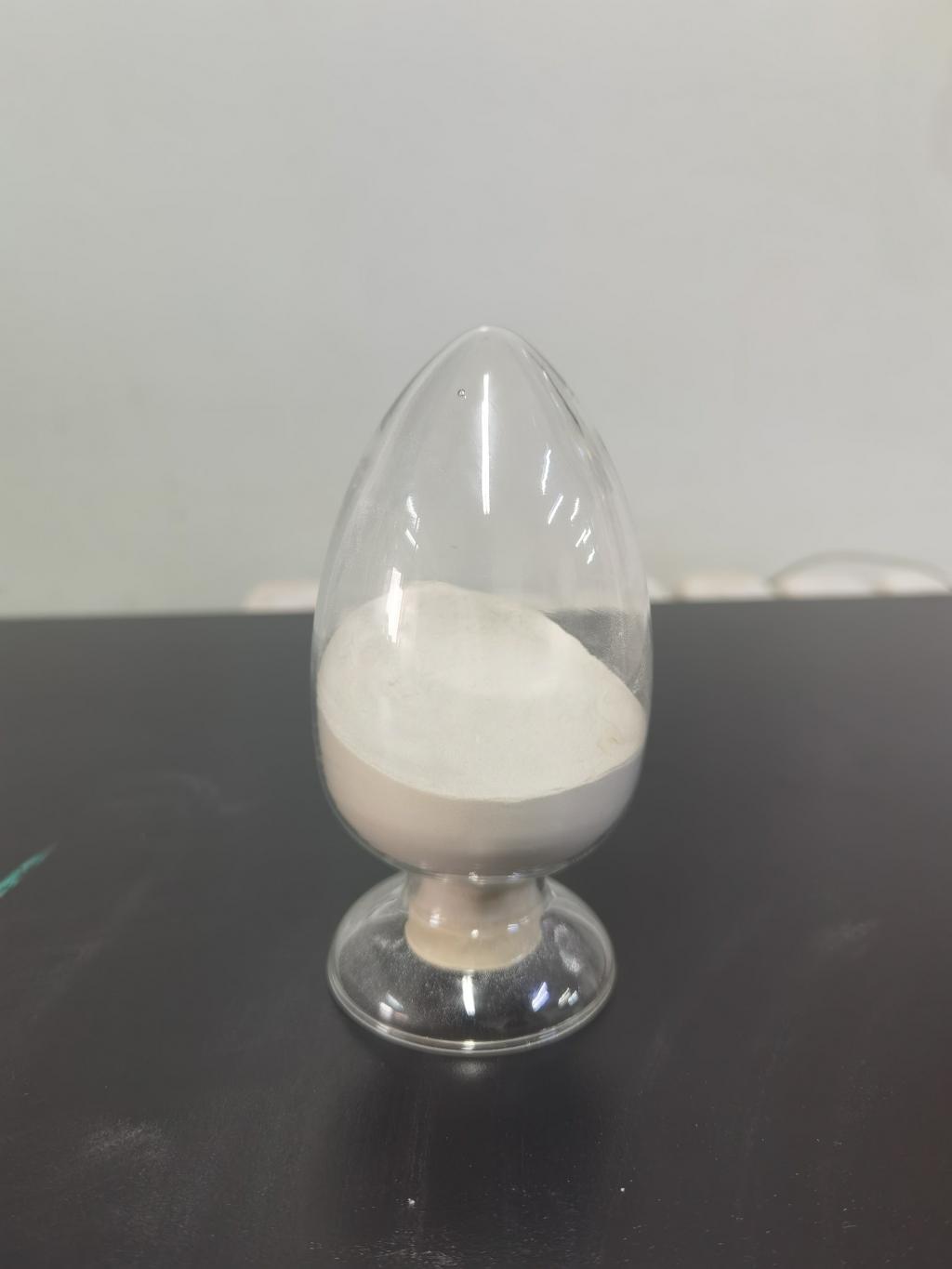Tel:+8618231198596

News
 CONTACT
CONTACT
 CONTACT
CONTACT
- Linkman:Linda Yao
- Tel: +8618231198596
- Email:linda.yao@dcpharma.cn
- Linkman:CHARLES.WANG
- Department:Overseas
- Tel: 0086 0311-85537378 0086 0311-85539701
News
Current Position:
Home >
News
>Nisin's Contribution to the Circular Economy: Closing the Loop on Food Safety
Nisin's Contribution to the Circular Economy: Closing the Loop on Food Safety
TIME:2024-02-27
Introduction:
The circular economy concept promotes a regenerative approach to production and consumption, aiming to minimize waste and make the most of available resources. In the realm of food safety, nisin, a peptide produced by certain strains of Lactococcus lactis, has gained attention for its ability to inhibit the growth of various pathogens. This article delves into the potential of nisin to contribute to the circular economy by enhancing food safety and reducing the environmental impact of food production.
Nisin: A Brief Overview:
Nisin is a naturally occurring antimicrobial peptide with a long history of safe use in the food industry. It is produced by the bacterium Lactococcus lactis and has been traditionally employed as a food preservative due to its ability to inhibit the growth of a wide range of Gram-positive bacteria, including foodborne pathogens such as Listeria and Staphylococcus aureus.
Eco-friendly Characteristics of Nisin:
One of the key advantages of nisin in the context of the circular economy is its eco-friendly nature. Being a natural product, it aligns with the growing consumer demand for clean label ingredients. Unlike some synthetic preservatives, nisin is biodegradable and does not contribute to long-term environmental pollution.
Applications of Nisin in Food Preservation:
Nisin's applications in food preservation extend beyond its traditional role as a preservative. Its effectiveness against spoilage and pathogenic microorganisms makes it a valuable tool for extending the shelf life of various food products. From dairy to meat and packaged foods, nisin has demonstrated efficacy in preventing microbial contamination, thereby reducing food waste.
Nisin in Packaging Materials:
Innovations in packaging materials have also integrated nisin as a part of active packaging solutions. Incorporating nisin into packaging films or coatings provides an additional layer of protection against microbial growth, maintaining food safety throughout the supply chain. This not only enhances product quality but also aligns with the circular economy principles by reducing the need for excessive preservatives and minimizing food waste.
Challenges and Considerations:
While nisin presents promising opportunities, challenges such as regulatory approvals, consumer acceptance, and scalability need to be addressed. Additionally, understanding the potential interactions with other food components and the impact on the overall sensory profile of the products is crucial for successful implementation.
Future Prospects and Implications:
The integration of nisin into the circular economy framework holds significant promise for the future of food safety. As technology advances and research expands, the application of nisin may diversify, offering solutions for broader food safety challenges. The implications extend beyond preservation, encompassing the broader goal of creating a more sustainable and resilient food system.
Conclusion:
Nisin's contribution to the circular economy in the context of food safety is a multifaceted and evolving topic. As the global food industry seeks sustainable solutions, the eco-friendly characteristics and diverse applications of nisin position it as a valuable tool in closing the loop on food safety. Continued research, innovation, and collaboration across the food supply chain will be essential to fully unlock the potential of nisin in creating a more circular and sustainable food system.
- Tel:+8618231198596
- Whatsapp:18231198596
- Chat With Skype







